Antonia Gogoglou
Navigating the Dynamics of Financial Embeddings over Time
Jul 01, 2020
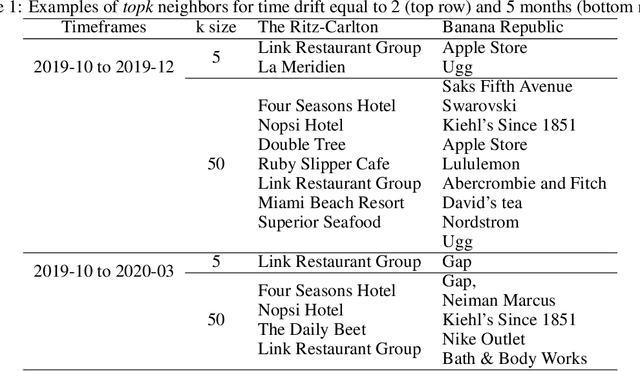
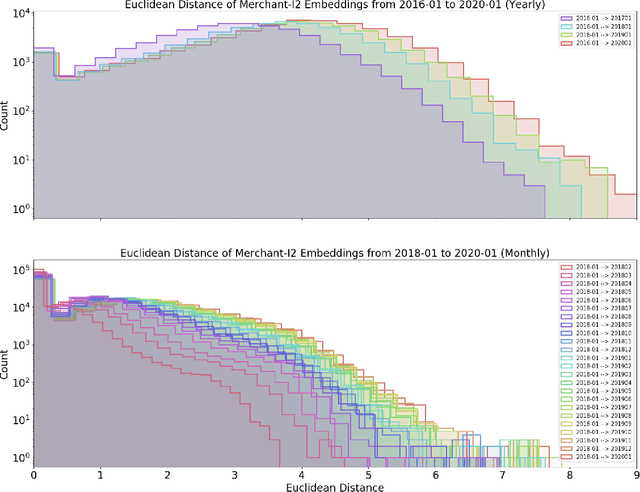
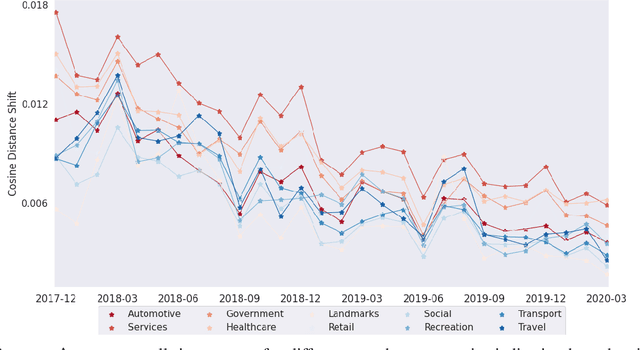
Abstract:Financial transactions constitute connections between entities and through these connections a large scale heterogeneous weighted graph is formulated. In this labyrinth of interactions that are continuously updated, there exists a variety of similarity-based patterns that can provide insights into the dynamics of the financial system. With the current work, we propose the application of Graph Representation Learning in a scalable dynamic setting as a means of capturing these patterns in a meaningful and robust way. We proceed to perform a rigorous qualitative analysis of the latent trajectories to extract real world insights from the proposed representations and their evolution over time that is to our knowledge the first of its kind in the financial sector. Shifts in the latent space are associated with known economic events and in particular the impact of the recent Covid-19 pandemic to consumer patterns. Capturing such patterns indicates the value added to financial modeling through the incorporation of latent graph representations.
Quantifying Challenges in the Application of Graph Representation Learning
Jun 18, 2020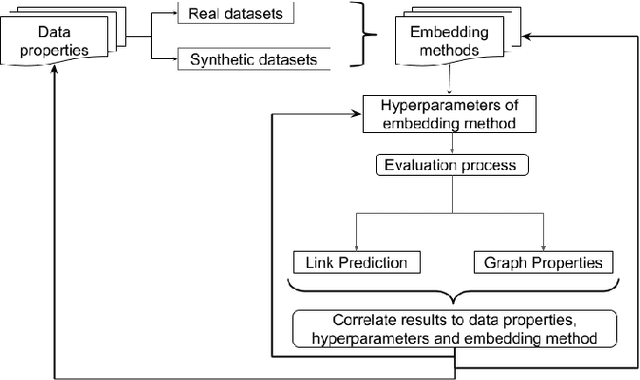
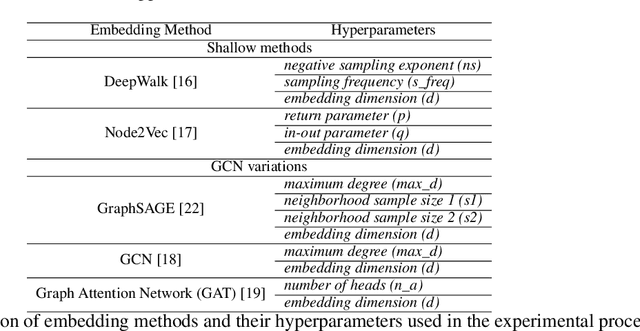
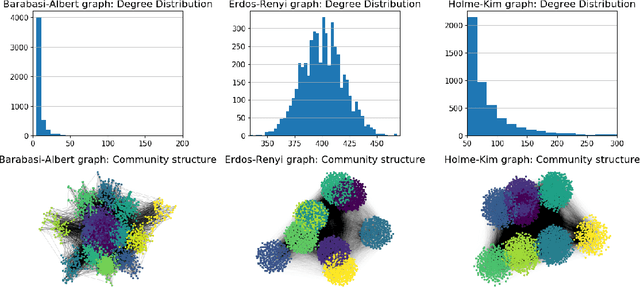

Abstract:Graph Representation Learning (GRL) has experienced significant progress as a means to extract structural information in a meaningful way for subsequent learning tasks. Current approaches including shallow embeddings and Graph Neural Networks have mostly been tested with node classification and link prediction tasks. In this work, we provide an application oriented perspective to a set of popular embedding approaches and evaluate their representational power with respect to real-world graph properties. We implement an extensive empirical data-driven framework to challenge existing norms regarding the expressive power of embedding approaches in graphs with varying patterns along with a theoretical analysis of the limitations we discovered in this process. Our results suggest that "one-to-fit-all" GRL approaches are hard to define in real-world scenarios and as new methods are being introduced they should be explicit about their ability to capture graph properties and their applicability in datasets with non-trivial structural differences.
On the Interpretability and Evaluation of Graph Representation Learning
Oct 07, 2019
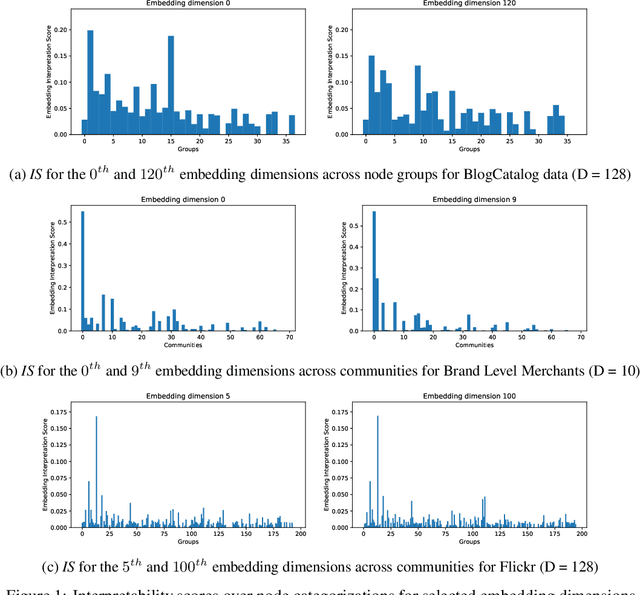
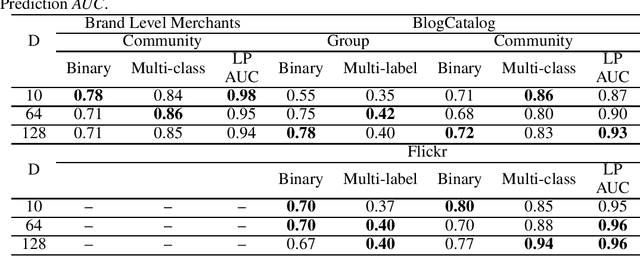
Abstract:With the rising interest in graph representation learning, a variety of approaches have been proposed to effectively capture a graph's properties. While these approaches have improved performance in graph machine learning tasks compared to traditional graph techniques, they are still perceived as techniques with limited insight into the information encoded in these representations. In this work, we explore methods to interpret node embeddings and propose the creation of a robust evaluation framework for comparing graph representation learning algorithms and hyperparameters. We test our methods on graphs with different properties and investigate the relationship between embedding training parameters and the ability of the produced embedding to recover the structure of the original graph in a downstream task.
DeepTrax: Embedding Graphs of Financial Transactions
Jul 16, 2019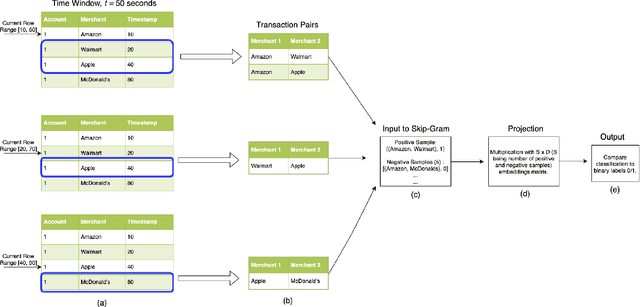
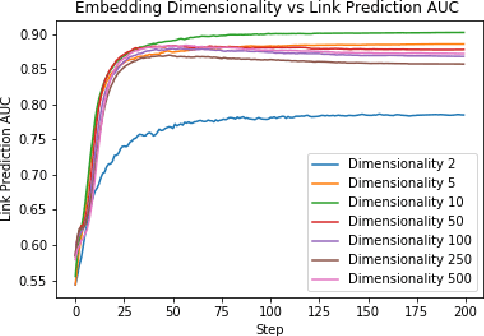
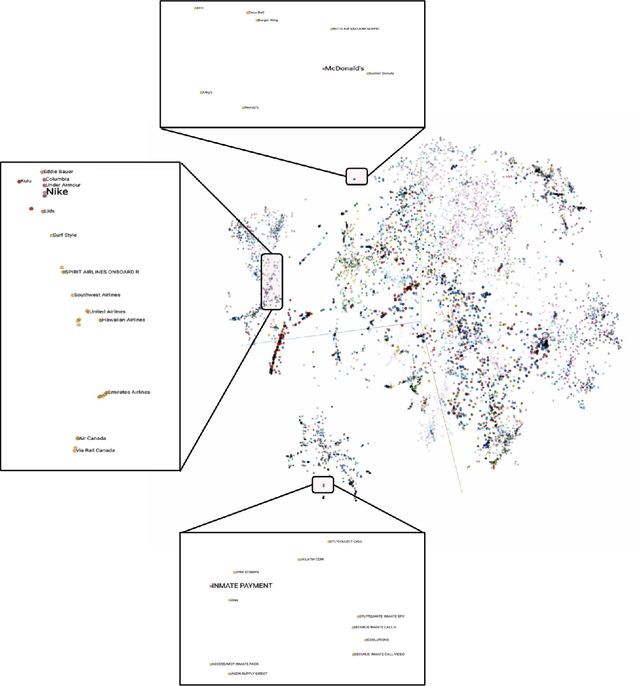
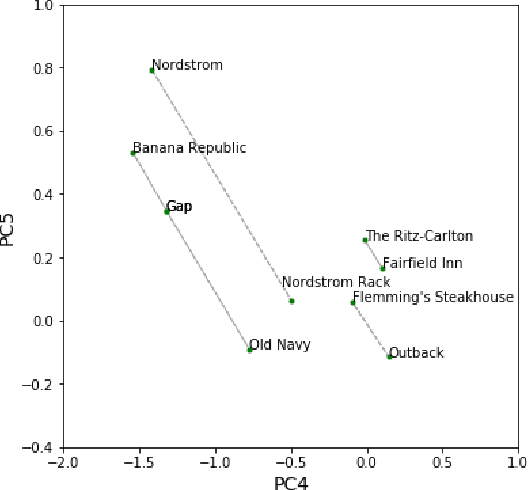
Abstract:Financial transactions can be considered edges in a heterogeneous graph between entities sending money and entities receiving money. For financial institutions, such a graph is likely large (with millions or billions of edges) while also sparsely connected. It becomes challenging to apply machine learning to such large and sparse graphs. Graph representation learning seeks to embed the nodes of a graph into a Euclidean vector space such that graph topological properties are preserved after the transformation. In this paper, we present a novel application of representation learning to bipartite graphs of credit card transactions in order to learn embeddings of account and merchant entities. Our framework is inspired by popular approaches in graph embeddings and is trained on two internal transaction datasets. This approach yields highly effective embeddings, as quantified by link prediction AUC and F1 score. Further, the resulting entity vectors retain intuitive semantic similarity that is explored through visualizations and other qualitative analyses. Finally, we show how these embeddings can be used as features in downstream machine learning business applications such as fraud detection.
 Add to Chrome
Add to Chrome Add to Firefox
Add to Firefox Add to Edge
Add to Edge